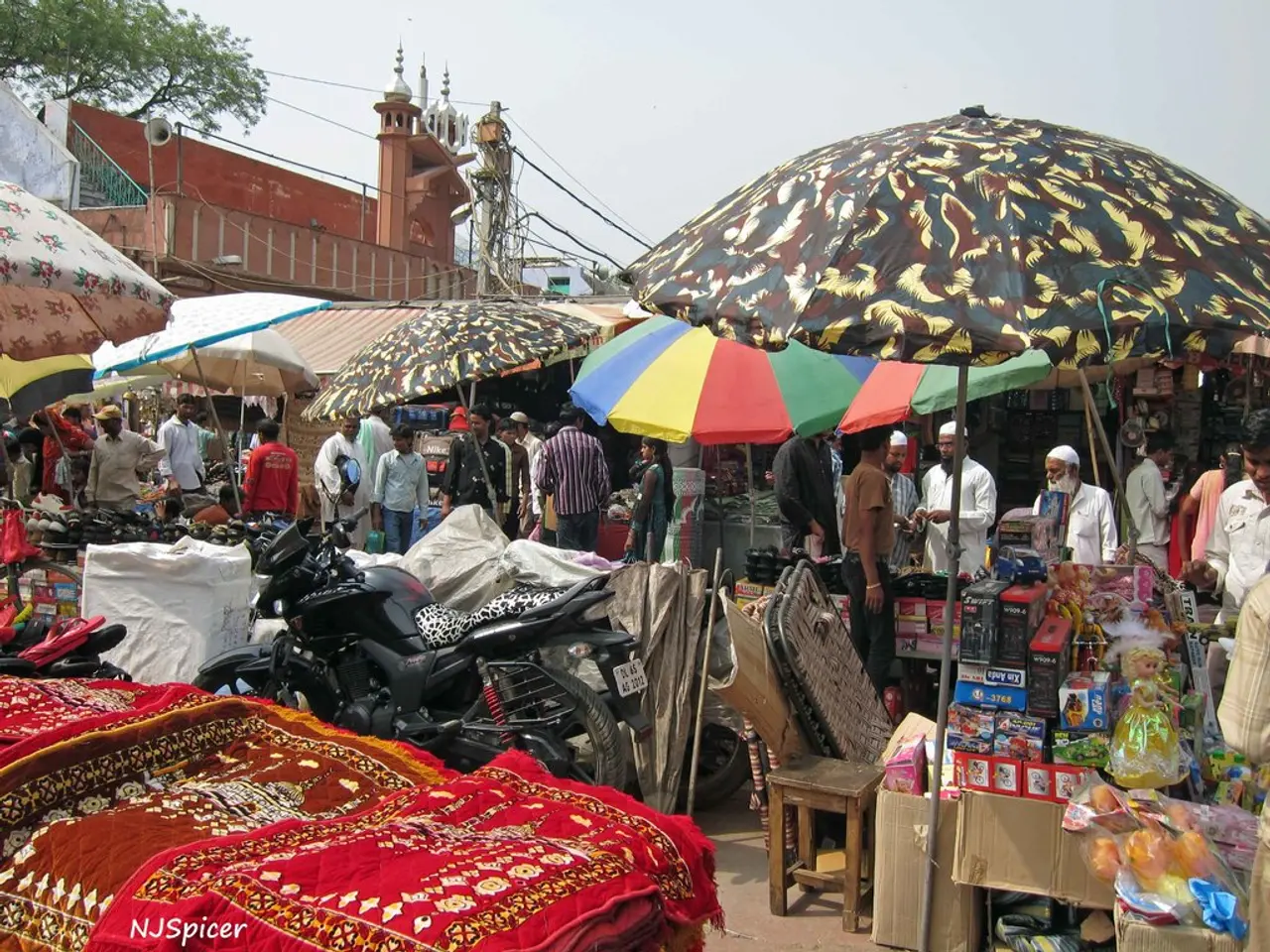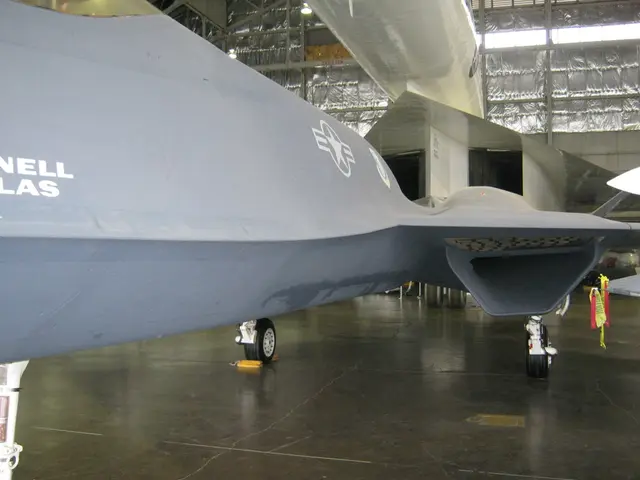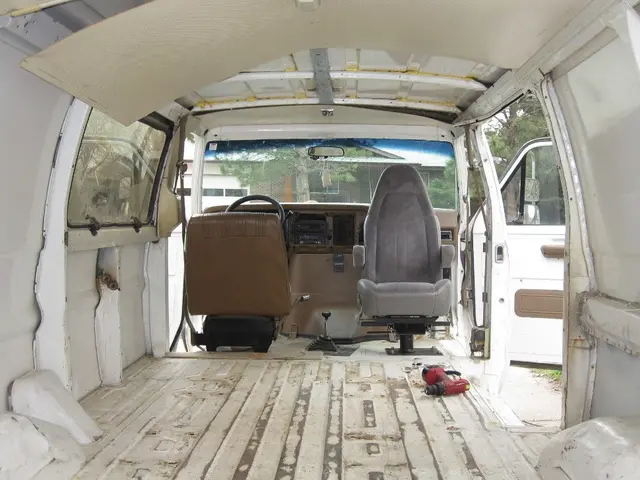Morocco Unveils Plans for €8.8 Billion Airport Expansion Before 2030 World Cup Hosting
Morocco Prepares for the Future with Major Infrastructure Upgrades
Morocco is set to undergo a significant transformation, with a focus on expanding its tourism industry and boosting connectivity. At the heart of this transformation is a national rail expansion and airport modernisation project, worth a staggering 96 billion dirhams (€22 billion).
The project, greenlit by King Mohammed VI in April 2025, includes intercity, urban, and high-speed trains. The high-speed trains will revolutionise travel in Morocco, with trains running from Kenitra on the Atlantic coast to Marrakesh, serving Rabat and Casablanca, at a speed of 350 kilometers per hour. This rapid transportation will reduce the Marrakesh to Tangier journey time to just two hours and 40 minutes.
Casablanca will be at the forefront of this change, hosting the world's largest football stadium, the Grand Stade Hassan II, by the World Cup in 2030. The stadium, currently under construction, will be able to welcome 115,000 people. The design of the Grand Stade Hassan II is inspired by Moroccan culture and topography, reflecting the country's rich heritage.
The airport modernisation will focus on Casablanca's Mohammed V International Airport, the country’s largest airport. The expansion plans include a new terminal and an additional runway to increase its capacity by 20 million passengers annually, bringing it up to 80 million passengers by 2030. This expansion alone accounts for approximately $2.5 billion of the total investment.
Other major airports in Marrakech, Agadir, Tangier, and Fez will also receive upgrades to significantly boost Morocco’s overall airport capacity. The modernisation includes state-of-the-art terminals emphasising technological innovation and climate resilience, as part of a national airports 2030 strategy.
The improving hospitality sector and increased connectivity have driven soaring popularity with British holidaymakers, with nearly 20,000 flights this year alone. In 2024, Morocco hit a record 17.4 million foreign visitors, a 20% increase year-on-year. By 2030, Morocco anticipates another nearly 50% jump to 26 million arrivals of foreign visitors.
The goal of these investments is to position Morocco among the top 15 global destinations. The Moroccan government and the national airport authority have agreed on a multibillion-euro deal for airport overhaul and extension. A call for expressions of interest in the tender to build a new terminal in Casablanca has already been put out.
The investment program for this project is a five-year plan worth 38 billion dirhams (€8.8 billion). 25 billion dirhams are allocated for airport expansion, and 13 billion dirhams are for land acquisition and maintenance. The Grand Stade Hassan II is being designed by Populous and Paris-based architects Oualalou + Choi.
With these ambitious plans, Morocco is poised to become a key player in the global tourism and aviation industry, offering visitors an unforgettable experience while fostering economic growth and development.
[1] Source [2] Source [3] Source [4] Source
- The transformation of Morocco's tourism industry includes a focus on eco-tourism, offering holidaymakers an opportunity to explore destinations while embracing local culture.
- The holidaymaker, seeking a sustainable holiday, can look forward to tours that promote eco-tourism, showcasing Morocco's rich heritage and topography.
- With the airport modernization, the holidaymaker's lifestyle will be enhanced, as the increased flight capacity will make travel to Morocco more accessible.
- As Morocco's airport capacity surges, holidaymakers can expect shorter wait times and a streamlined travel experience, allowing them to start their cultural journey even sooner.
- The new transportation system, including intercity, urban, and high-speed trains, will reduce travel times, making it easier for holidaymakers to explore various destinations during their holiday in Morocco.
- The national rail expansion and airport modernization project aims to position Morocco as one of the top 15 global destinations, attracting more holidaymakers and boosting the tourism industry, ultimately contributing to the country's lifestyle and economic development.




